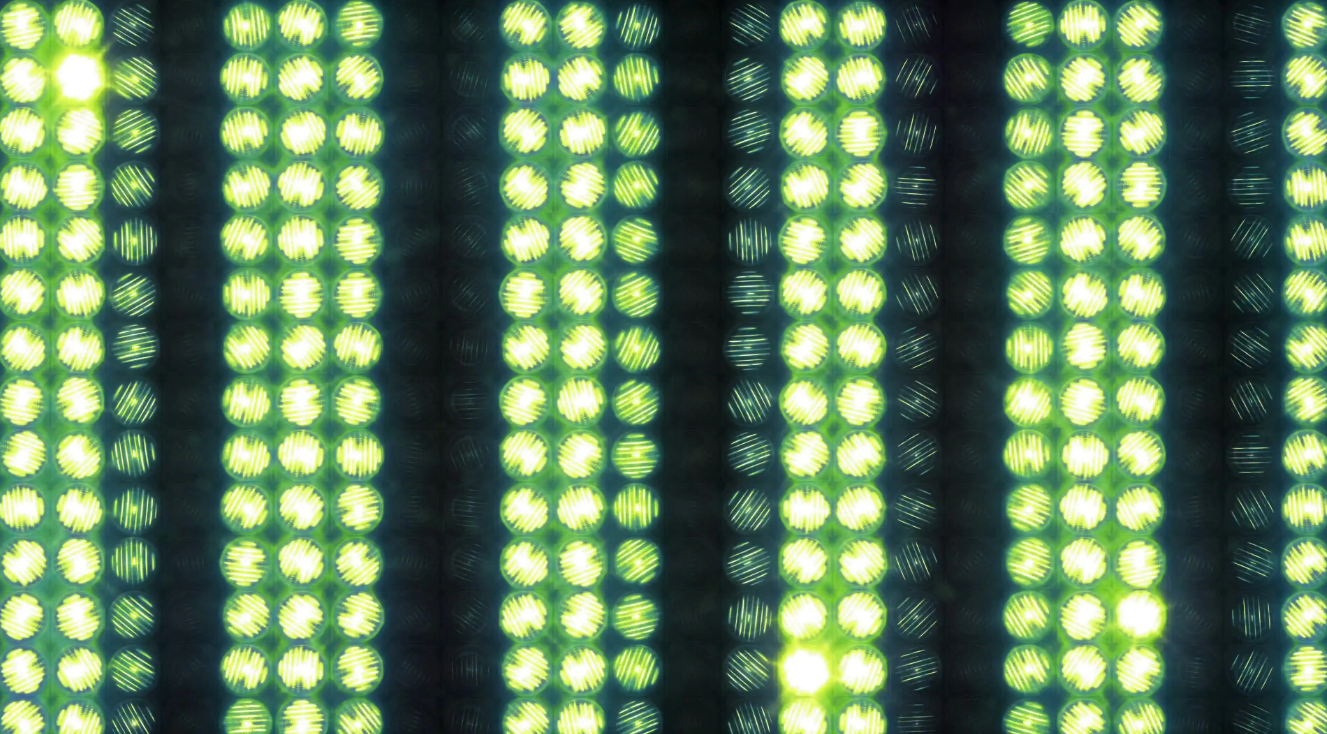
What is the stroboscopic effect?
If you look through previous physics books, you will see that people often have a tendency, known as "persistence of vision", where we are able to perceive things continuously, even when they are no longer in front of our eyes, we are able to see "persistent images" , rather than a discrete set of static images.
The LED light source flickers at a high frequency that is imperceptible to the naked eye, so we see the light on until we turn the power off completely. Also, a video is actually a series of images captured in rapid succession, which are captured in frames per second, and when we play games together, this constant vision tricks our brain into turning the screen away The event above is regarded as a continuous fluid motion.
When the number of frames per second exceeds the frequency of the LED light source, the camera of the mobile phone shows a clear flickering effect, which is the stroboscopic effect.
The LED light will flicker when it is switched on and off rapidly. Whether it flickers or not depends mainly on the nature of the current supplied to it. Typically, LED lights flicker at a very high frequency that the human eye cannot directly detect, or is invisible to the human eye, so one can rest assured that any visible camera flicker is actually the light that is functioning properly, and the only thing that should be of concern to humans is wink. However, it is a very broad statement to say that the LED lights are always blinking when in operation.
